Genetics
-
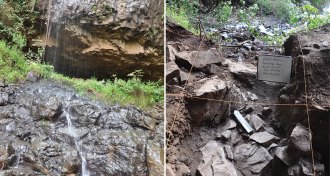 Humans
HumansInto Africa: Ancient skeleton sheds light on reverse migration
Ancient man’s DNA helps reveal extent of Eurasian farmers’ back-to-Africa migration some 3,000 years ago.
By Bruce Bower -
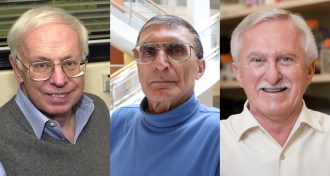 Chemistry
ChemistryChemistry Nobel granted for deciphering DNA repair
Three researchers win chemistry Nobel for working out how cells fix damaged genetic material
By Meghan Rosen and Sarah Schwartz -
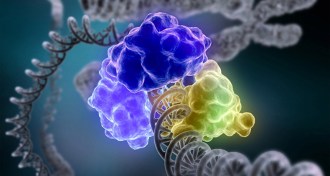 Genetics
GeneticsChemistry Nobel honors studies of DNA repair mechanisms
Studies of DNA’s repair mechanisms have won Tomas Lindahl, Paul Modrich and Aziz Sancar the 2015 Nobel Prize in chemistry.
By Sarah Schwartz and Meghan Rosen -
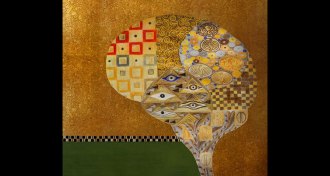
-
 Genetics
GeneticsBenyam Kinde: Gene expression and Rett syndrome
M.D.-Ph.D. student Benyam Kinde studies how genetic changes affect brain cells’ activity in Rett syndrome.
-
 Health & Medicine
Health & MedicineIsaac Kinde: Finding cancer via altered genes
Isaac Kinde helped create a technology that can spot cancers early to give patients a better chance at survival.
-
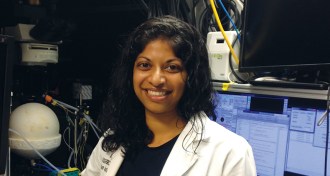 Neuroscience
NeurosciencePriya Rajasethupathy: Memories mark DNA
Neuroscientist Priya Rajasethupathy has discovered a tiny molecule that may turn off part of the genome to help the brain store long-term memories.
By Erin Wayman -
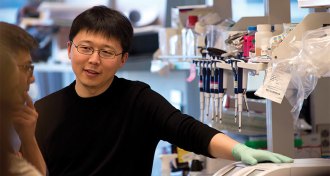 Genetics
GeneticsFeng Zhang: Editing DNA
Scientist Feng Zhang has developed a system to easily and precisely edit genomes.
By Susan Gaidos -
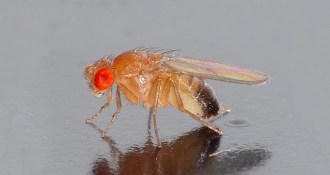 Genetics
GeneticsEvolution caught red-handed
Scientists have named a new gene on the fruit fly Y chromosome “flagrante delicto Y.”
-
 Genetics
GeneticsBad Karma can ruin palm oil crops
Missing epigenetic mark makes for Bad Karma and poor palm oil crops.
-
 Earth
EarthEarth’s magnetic mystery forces scientists to get creative
In explaining the Earth’s magnetic field paradox, scientists may discover a new question with an even more interesting answer.
By Eva Emerson -
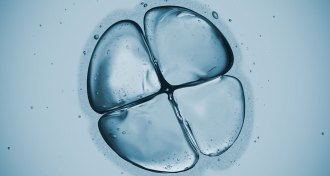 Life
LifeSmall number of genes trigger embryo development
New views of early embryo development reveal differences between humans and mice.